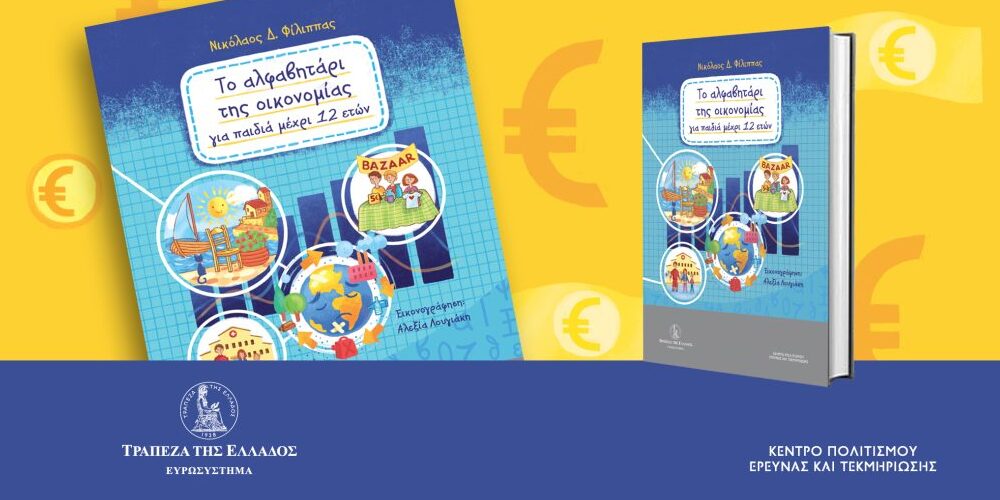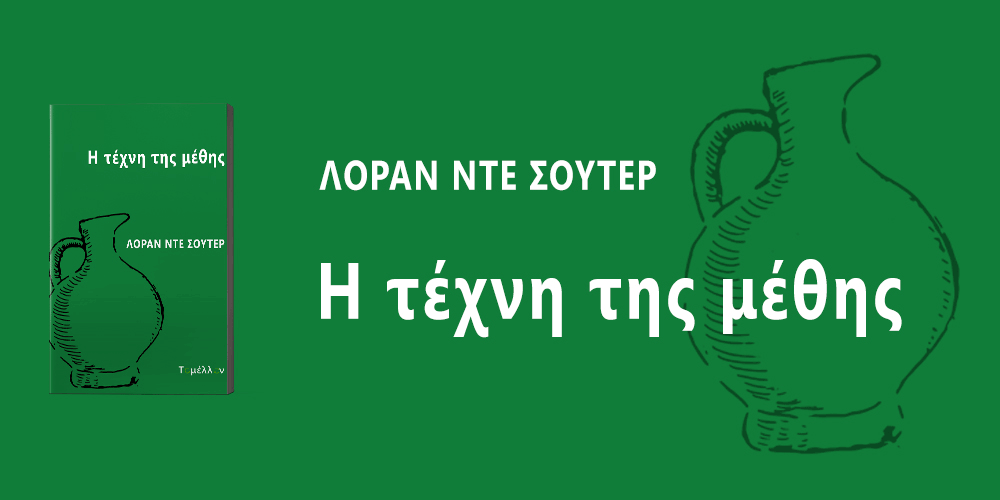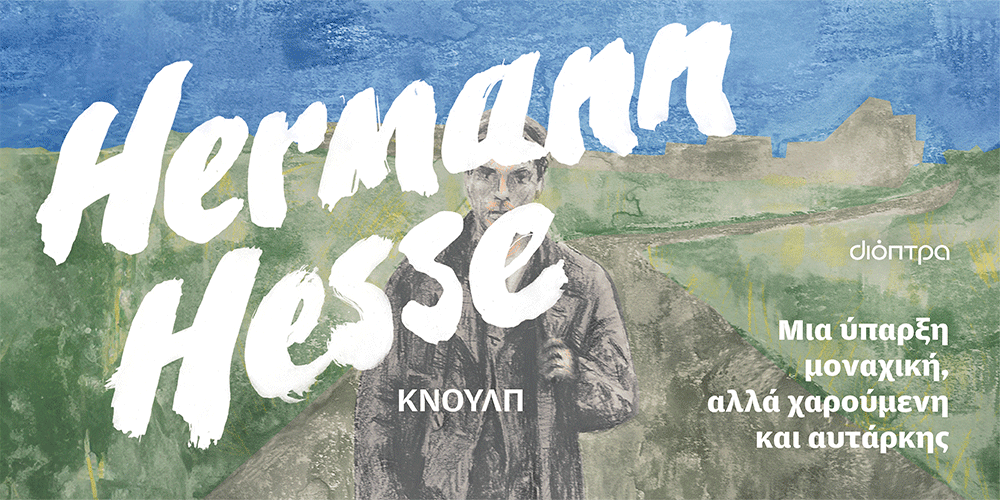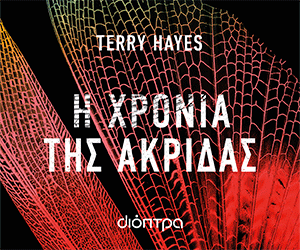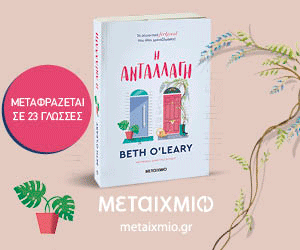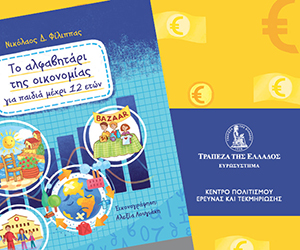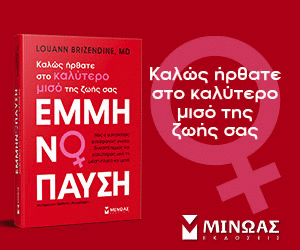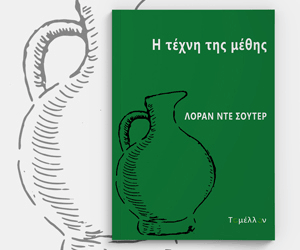


It’s been precisely twenty years since the last time Arundhati Roy published a novel, so it comes as no surprise that The Ministry of Utmost Happiness was eagerly awaited for, at least by those – and they were many – who enjoyed thoroughly her last work of fiction, The God of Small Things. In the years in between the author was deeply involved with political activism, a fact that informs every single page of her new novel. Conflict is everywhere to be seen, both inside the characters and outside, both in the personal and the political, and the characters’ inner life is mirrored and reflected in the social and political turmoil they live in.
The dance of opposites starts as soon as the novel begins with a hijra, a hermaphrodite, both man and a woman, who lives outside the world as we know it, making her home in a cemetery. As her story unfolds with the narration going back to her birth and leading to her life today, suddenly the reader is transported to another narration, this time in the first person. This man, a government official, will address the reader directly and reminisce over his college days and his friends from back then, among them the woman he has always loved without ever confessing his feelings, since the strict social barriers would not permit a relationship between them to ever flourish. This woman was always together with his other friend, and got married to yet another friend, being always the focal point in the lives of these three men who loved her.
As much as these stories seem at first unconnected, the moment comes when they are woven into each other. A rich tapestry of stories then follows, masterfully crafted, and every fact that seems trivial proves indispensable later, a key to unlock yet another treasure box. Despite the volume of the material the author commands it with poise, and the intricate web makes for a delightful reading for a second and a third time.
In this novel Arundhati Roy handles a subject she knows well and is dear to her heart: the Kashmir conflict and the lives of the people who live in the region, fight in the region, and love and die there. This bloody conflict serves as a metaphor for the conflicts in the lives of the main characters, all of which are constantly faced with inner battles of their own. The author’s political views are strong and conclusive, yet in her fiction she manages to paint a nuanced picture, filled with the inherent controversies and multiple points of view. Motherhood is also a strong theme that permeates the novel, both the longing to be a mother and the inevitable failings when being one.
What’s heartwarming is that, even though the novel is dipped in blood, still one can’t help but smile in the end, faced with all the love the characters feel for each other and life itself. The most apt example of the way life and beauty ultimately prevail is the story of a young driver who was killed, and “whose body had been recovered from a field and delivered to his family with earth in his clenched fists and mustard flowers growing through his fingers. That story had always stayed with Musa – perhaps because of the way hope and grief were woven together in it, so tightly, so inextricably”.
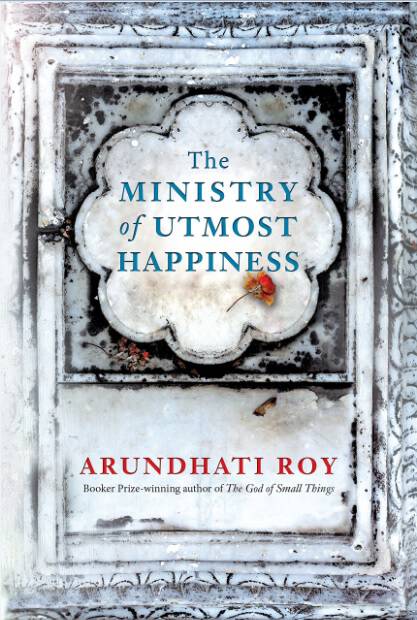
![]()

Arundhati Roy: ‘breathtakingly composed and powerful interludes’. Photograph: Chandni Ghosh

Ακολουθήστε τo Literature.gr στο Google News και μάθετε πρώτοι όλα τα νέα για τον πολιτισμό και την επικαιρότητα από την Ελλάδα και τον Κόσμο.

